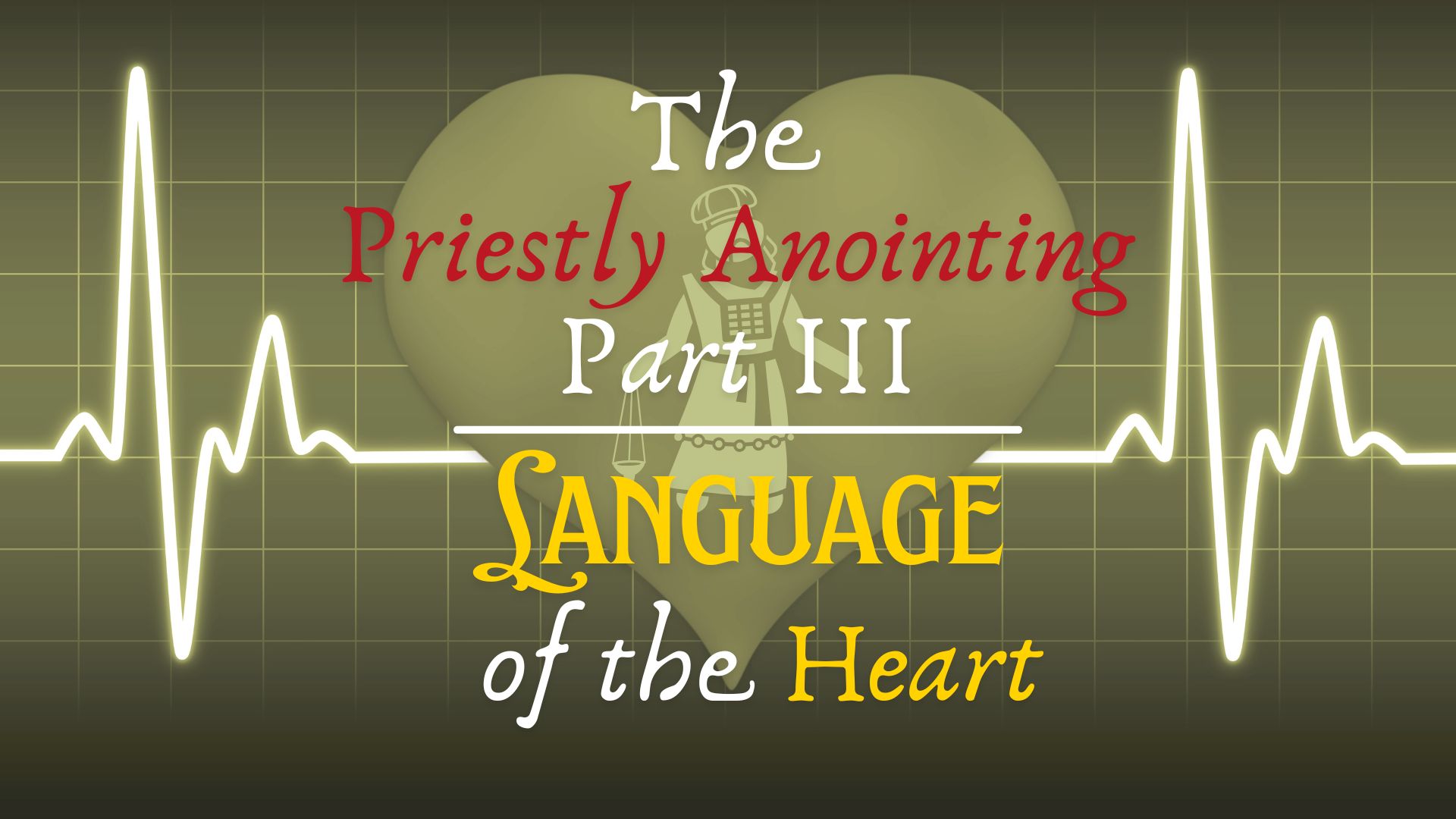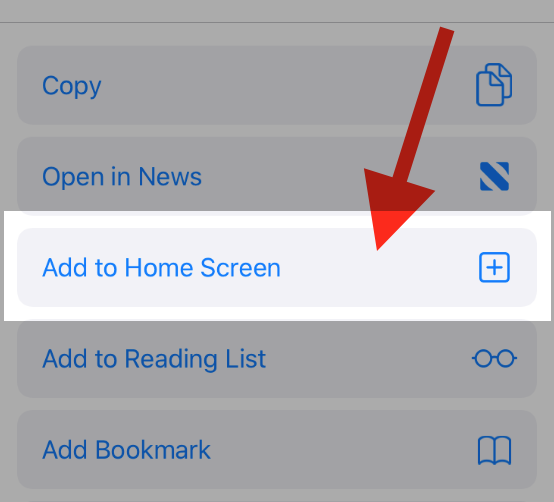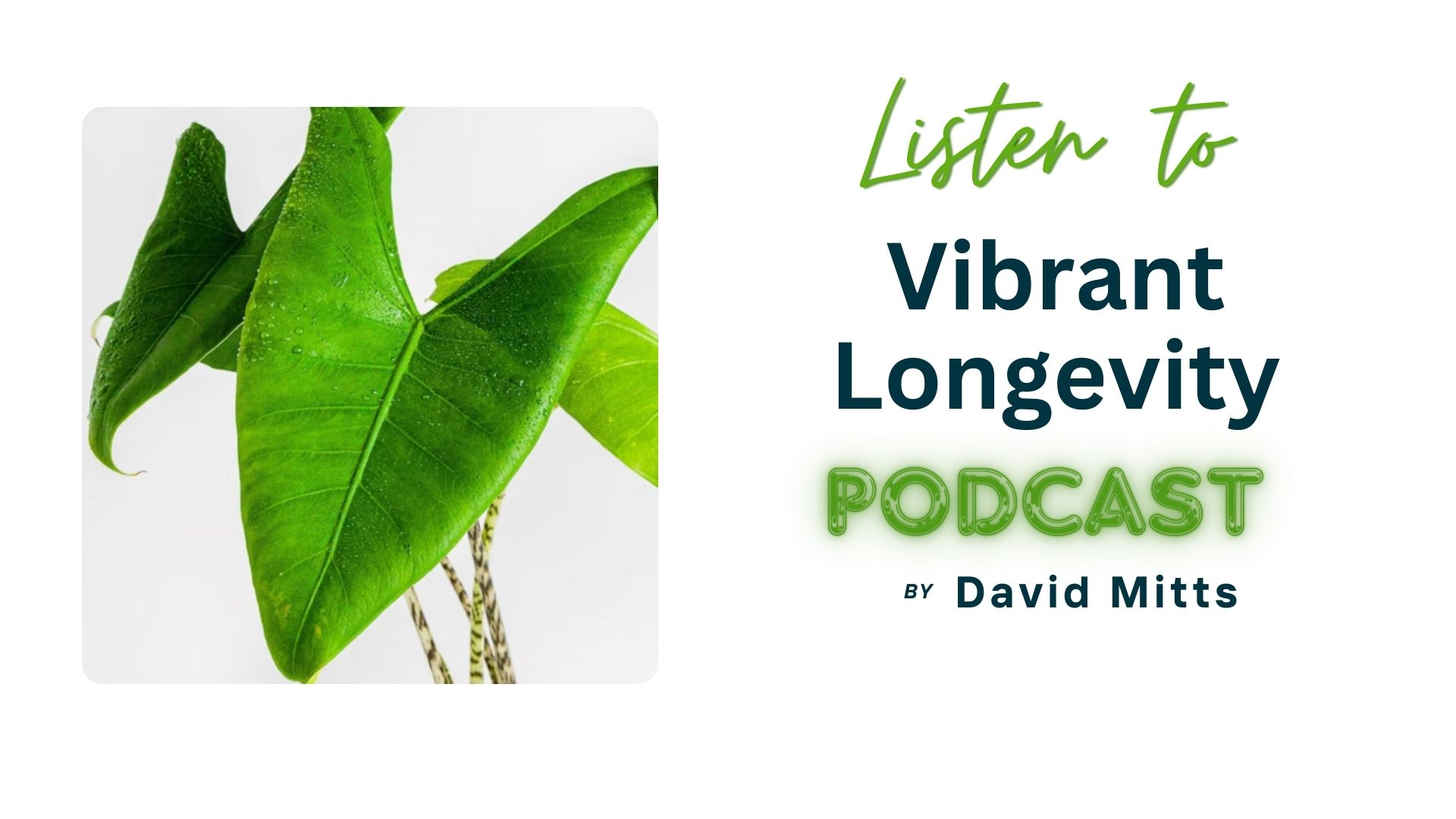
“And you shall put the holy garments on Aaron and anoint him and consecrate him, so that he may serve as a priest to Me.” (Exo 40:13, NASB)
In learning to live by the Holy language of the heart, we are told by the Holy Spirit that we are empowered through the anointing to function as the Spirit leads.
“And as for you, the anointing which you received from Him remains in you, and you have no need for anyone to teach you; but as His anointing teaches you about all things, and is true and is not a lie, and just as it has taught you, you remain in Him.” (1Jn 2:27, NASB)
The anointing teaches us about all things. Pentecostals used to call this the “unction to function”. By this, they mean, that we are guided by the anointing to operate in the ministry calling upon our lives.
The Amplified bible translates 1 John 2:20 as:
“But you have been anointed by [you hold a sacred appointment from, you have been given an unction from] the Holy One, and you all know [the Truth] or you know all things.” (1Jn 2:20, AMPC)
This is why the Unction is so important. God uses the anointing that He places upon someone’s life to train them not just to hear His voice but also to know when He was about to connect heaven and earth through them for someone else, whether it was a circumstance, a situation, or something else. He would signal them through the anointing and then they’d hear His Voice as they responded to that Anointing.
I like the way the Amplified Bible puts it when it says, “YOU HOLD A SACRED APPOINTMENT,” I call them “DIVINE APPOINTMENTS,” where you and I become like a mediator between God and the other person or situation.
This perspective on the anointing is the anointing of the priest. The priest is an anointed minister who serves as a bridge between heaven and earth.
If we go back to the beginning of this priestly anointing, we see God instructing Moses to anoint Aaron as the mediator.
““And you shall put the holy garments on Aaron and anoint him and consecrate him, so that he may serve as a priest to Me.” (Exo 40:13, NASB)
We see a connection between the priestly anointing and the “holy garments”.
Let’s step back to Exodus 28 and see the instruction and the detail
"Now take Aaron your brother, and his sons with him, from among the children of Israel, that he may minister to Me as priest, Aaron and Aaron's sons: Nadab, Abihu, Eleazar, and Ithamar. And you shall make holy garments for Aaron your brother, for glory and for beauty.” (Exo 28:1-2, NKJV)
The first observation we might make about the anointing of the priests as represented in their garments is that they are for beauty and for glory.
The Hebrew root for beauty is “tipheret” which comes from the root Pri, which is where we get the word for fruitfulness. So the garments of the priestly anointing are connected to revealing the beauty of the fruit in the lives of believers.
Look at Psalm 1 to gain an insight:
“Blessed is the man Who walks not in the counsel of the ungodly, Nor stands in the path of sinners, Nor sits in the seat of the scornful; But his delight is in the law of the LORD, And in His law he meditates day and night. He shall be like a tree Planted by the rivers of water, That brings forth its fruit in its season, Whose leaf also shall not wither; And whatever he does shall prosper.” (Psa 1:1-3, NKJV)
The seat of the scornful. This is a picture of being in fellowship with mockers. The “seat” is an expression of authority and the priestly anointing. This is the place of Satan who is the accuser or the mocker of the brethren. This is also called the “counsel” of the ungodly. This reflects the conversation of the heart that is run by the world.
The Apostle John tells us of the is conversation:
“For all that is in the world, the lust of the flesh and the lust of the eyes and the boastful pride of life, is not from the Father, but is from the world. The world is passing away, and also its lusts; but the one who does the will of God lives forever.” (1Jn 2:16-17, NAS95)
This motivation from the world is motivated by fleshly lusts, visual lusts, and pride centered boasting, again a scornful speaking and this is NOT of the Father and will pass away into eternal fire. The opposite conversation of the heart will bring eternal life. The priestly anointing as reflected in the beauty and fruitfulness of the speaking is bearing eternal life. It is a meditation day and night and a connection to the waters of life, living waters.
“He who believes in Me, as the Scripture said, ‘From his innermost being will flow rivers of living water.’” John 7:38 (NASB1995)
The second aspect of the garments is glory. We are anointed to be glory producers. What do I mean by glory producers? Glory or kavod, in Hebrew means to add mass to something. In terms of God, it means to add our attention, our worship and our love to Him. Many people think of the “Glory” of God as God coming into a corporate meeting. So, people pray, beg and call upon God to “fill the place with His Glory”. The idea is that God is waiting somewhere for the right combination of contriteness or faith or something to come and visit His people.
What the priestly anointing says is the opposite. He calls us as priests to generate the glory.
“Not to us, O LORD, not to us, But to Your name give glory Because of Your lovingkindness, because of Your truth.” (Psa 115:1, NAS95)
What specifically can we do as priests to generate glory Let’s go back and look at the garments for the cohanim or priesthood.
“"You shall speak to all the skillful persons whom I have endowed with the spirit of wisdom, that they make Aaron's garments to consecrate him, that he may minister as priest to Me.” (Exo 28:3, NAS95)
The first thing that should jump out at us is that the priests are not clothed with garments of their own making. This is so important. The priestly anointing is a community anointing. The prophet operates alone a-lot. Loneliness is a big part of the gig.
“Then he came there to a cave and lodged there; and behold, the word of the LORD came to him, and He said to him, "What are you doing here, Elijah?" He said, "I have been very zealous for the LORD, the God of hosts; for the sons of Israel have forsaken Your covenant, torn down Your altars and killed Your prophets with the sword. And I alone am left; and they seek my life, to take it away."” (1Ki 19:9-10, NAS95)
We know from the story that he wasn’t truly alone but those feelings come with the territory of being an anointed prophet.
The priestly anointing by contrast is embedded in community. Let’s dive a little deeper into the garments to get some insight.
“"These are the garments which they shall make: a breastpiece and an ephod and a robe and a tunic of checkered work, a turban and a sash, and they shall make holy garments for Aaron your brother and his sons, that he may minister as priest to Me.” (Exo 28:4, NAS95)
The garments are put on specifically to minister in the anointing of the priest before the Lord. These all should each give some insight into the anointing of the priesthood which we are called to operate in:
“But you are A CHOSEN PEOPLE, A royal PRIESTHOOD, A HOLY NATION, A PEOPLE FOR GOD’S OWN POSSESSION, so that you may proclaim the excellencies of Him who has called you out of darkness into His marvelous light;” (1Pe 2:9, NASB)
Notice that the priesthood is connected to the holy nation who is chosen by covenant out of darkness into light. Again a symbol of community. You’ll be the best anointed priest in your heart for community, as an intercessor.
OK. Let’s look at the garments:
1. Breastpiece : In Hebrew this is called the “Hushen” and it comes from root for being bound in total submission through the binding. it was where the “urim” and “thumim” were carried over the heart. This is the mechanism that God spoke to the priests through these stones. Urim, comes from the word “or” which means light. So this stone had the ability to change its appearance and color based on God’s yes or no. The thumim comes from the word “Tamim” which means purity and I think it was a reflector of the nature of the inquiry. The priestly anointing has to be a pure anointing which is an intercessors, standing in the gap. Combined, it being bound to the Lord as His chosen vessel and having our yes be yes and our no be no and asking with a pure heart for others.
2. The Hebrew word for priest gives us an insight. Cohen comes from Ken which means yes. The Priestly anointing brings the yes of God. This is the power of agreement.
-
“Again I say to you, that if two of you agree on earth about anything that they may ask, it shall be done for them by My Father who is in heaven. “For where two or three have gathered together in My name, I am there in their midst.”Matthew 18:19-20 (NASB1995)
3. Ephod: This is the white outer garment. White is the symbol of purity. When David danced before the Lord it was only in an ephod.
-
“And David was dancing before the LORD with all his strength, and David was wearing a linen ephod.” (2Sa 6:14, NASB)
-
This was an affront to his wife Michal because David was no longer the king but a priest. No worldly attachments to his anointed role as king but an unabashed adoration in the heart of the priest.
-
The Hebrew word root for ephod is Phad, which means redemption. It is a picture of having our sins though red as scarlet washed in the blood to be white as snow.
-
““Come now, and let us debate your case,” Says the LORD, “Though your sins are as scarlet, They shall become as white as snow; Though they are red like crimson, They shall be like wool.” (Isa 1:18, NASB)
4. Robe: This is the garment wore over the ephod and represents authority or standing in the community. The closest thing we have today would be the uniform of a soldier or a police officer. This again represents the community aspect. A soldier or a police officer is identified by the uniform. The robe identifies us with the kingdom. This explains why the woman with issue of blood touched the robe. It identified Yeshua with the Kingdom authority and power.
-
The Hebrew word is “ayal” where we get the word ailyah which means to ascend. This tells us the robe of the priestly anointing is the power to ascend.
-
“Who may ascend onto the hill of the LORD? And who may stand in His holy place? One who has clean hands and a pure heart, Who has not lifted up his soul to deceit And has not sworn deceitfully. He will receive a blessing from the LORD And righteousness from the God of his salvation.” (Psa 24:3-5, NASB)
5. Tunic: This is an undergarment. This is the word “catan” and is what is torn when their is grief.
-
This is described as checkered which to me means it sees both the good and the bad, the happy and the sad. This reminds us of the dual nature of life. The closest garment to our skin is the reminder of the tree of the knowledge of good and evil and the grief of what was lost in our rebellion.
6. Turban: The Helmet of salvation. The turban is the priestly authority to make intercession.
-
“Jesus, on the other hand, because He continues forever, holds His priesthood permanently. Therefore He is also able to save forever those who come to God through Him, since He always lives to make intercession for them. For it was fitting for us to have such a high priest, holy, innocent, undefiled, separated from sinners, and exalted above the heavens;” (Heb 7:24-26, NASB)
-
The head covering reveals the authority like the robe
7. The Sash or the belt. This binds it all together
-
This is the belt of truth. The anointing on the priest like the prophet comes full circle to the truth being the utmost ingredient.
-
“However, when He, the Spirit of truth, has come, He will guide you into all truth; for He will not speak on His own authority, but whatever He hears He will speak; and He will tell you things to come.” (Jhn 16:13, NKJV)
Activation: See yourself in the garments of the priest. Let each anointed garments lead your intercession. Keep yourself pure in love and truth!
Related
Testimonials
Nancy L
Nancy L
Heading
To add this web app to your homescreen, click on the "Share" icon
![]()
Then click on "Add to Home"

To add this web app to your homescreen, click on the "Share" icon
![]()
Then click on "Add to Home"

It looks like your browser doesn't natively support "Add To Homescreen", or you have disabled it (or maybe you have already added this web app to your applications?)
In any case, please check your browser options and information, thanks!
It looks like your browser doesn't natively support "Add To Homescreen", or you have disabled it (or maybe you have already added this web app to your applications?)
In any case, please check your browser options and information, thanks!



